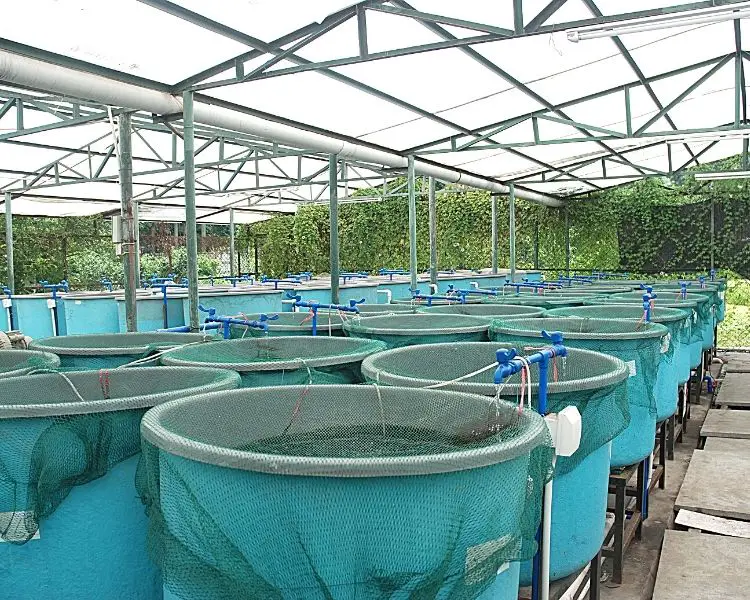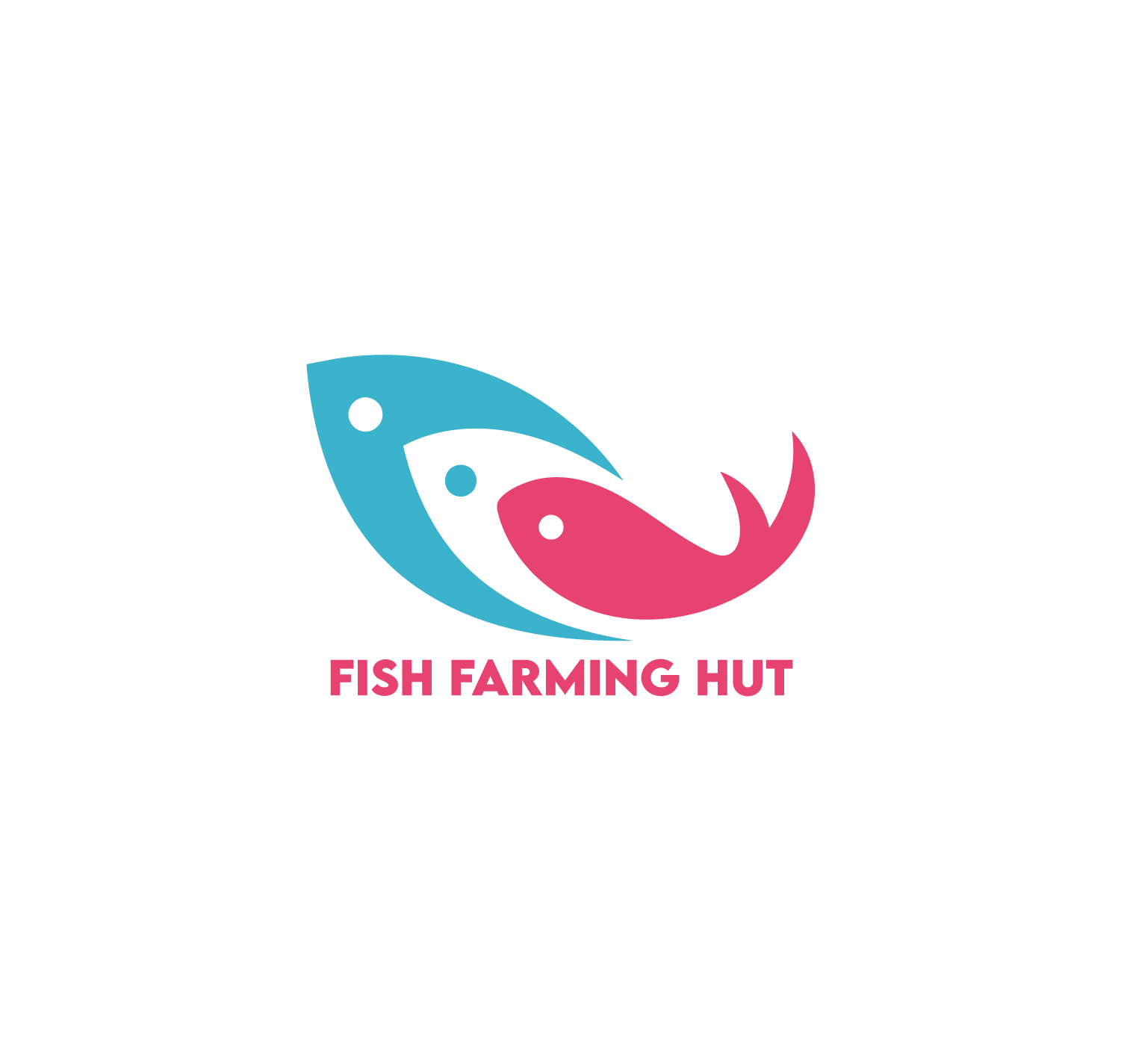Fish farming involves several options when it comes to your tank's setup. RAS and Biofloc are two of the most popular choices when deciding how to ensure the water quality in your fish farming tanks is up to standards.
The main difference between recirculating aquaculture systems (RAS) and Biofloc systems is the equipment used to filter out unwanted particles and keep the tank's water quality in order.
RAS comes equipped with an external filter that removes bacteria that produce nitrogen, as well as larger solids from the tank system. Most RAS also include ultraviolet lamps that sterilize the water so that no unwanted bacteria will infect your fish. Unfortunately, recirculating aquaculture systems tend to be more expensive than Biofloc.
Biofloc systems use an extensive microbial community to remove unwanted chemicals and compounds from your tank's water. The only external filtration component for Biofloc is used to remove larger waste particles from the system. The Biofloc system is less expensive than RAS because there is less technical equipment involved.
Depending on what kind of fish or crustacean you are farming, Biofloc may also provide supplemental feed to your farmed species. The microbial community can be a good source of nutrients for many filter feeders such as shrimp.
Overall, studies have shown that each system has its advantages and disadvantages. For example, RAS systems tend to display higher ammonia concentrations and higher pH levels. In contrast, Biofloc systems have more elevated nitrite, nitrate, and turbidity levels.
In this article, we will review which filtration system is better for fish farming. Additionally, we will cover the best fish to raise using each method mentioned.

Which is Better: Biofloc or RAS?
Overall, the recirculating aquaculture system (RAS) tends to be better for fish farming. Although it costs more than Biofloc, it is easier to control. Biofloc depends on a biological community of microbes which can be unpredictable.
On the other hand, RAS is a set system of filters that can be modified and monitored according to the needs of the fish farming tank. Additionally, Biofloc systems may require more aeration than RAS, which means putting in extra equipment.
It is also easier to tell if a recirculating aquaculture system is not working properly because the color of the water will change. RAS fish farming tanks should exhibit clear water. Alternatively, Biofloc maintained waters may turn a rust color because of the microbial community. It can be hard to visually see if anything is amiss.
Overall, RAS seems to yield a more profitable farm than Biofloc. The return on investment is much higher for fish farmed with recirculating aquaculture systems than Biofloc. Although you will want to check which species you are looking to farm because one method may be better than the other in terms of the specified tolerances.
Which Fish Is Best for Biofloc?
Since the microbial community in a Biofloc community is constantly changing, it is best to select fish that are extremely hardy in their environment. Tilapia and shrimp are excellent choices for Biofloc filtered tanks. These species are not very sensitive and tend to linger near the bottom of the tanks.
Bottom dwellers are especially good for Biofloc systems because shifting bacterial community mostly lingers within the water column. Catfish, carp, trout, bass, and salmon are also considered good fish to use with Biofloc systems.
These species are familiar with natural environments with fluctuating nutrient levels. They are tolerant to a wide range of environmental changes. A Biofloc system will always need extra aeration, so fish species that are not tolerant of low oxygen would do well in a Biofloc tank.
Biofloc tends to experience seasonality based on the microbial community's sunlight and temperature needs, so the fish farmed with the system will be subject to different bacterial blooms. However, fish and shellfish that take advantage of the microbial community's nutrients can use Biofloc to supplement their diet. So advantageous filter feeders like shrimp are great for Biofloc fish farms.
Which Fish is Best for RAS?
Recirculating aquaculture systems (RAS) are particularly suitable for warm water and marine fish. Species such as grouper, redfish, clams, oysters, and blue crabs fare well in RAS filtered fish farms. Additionally, striped bass, channel catfish, tilapia, and shrimp have also been successful.
Fish that are slightly more sensitive to their environment usually do better in RAS filtered fish farms than in Biofloc because RAS is more easily controlled. However, species that are extremely sensitive to water quality should not be farmed with RAS.
Since RAS tends to produce high amounts of ammonia, fish tolerant of ammonia fare well in these systems. Also, species that thrive under more basic pH levels are great candidates for RAS fish farming.
Although RAS is more expensive than Biofloc, most fish species survive and grow exceptionally well under these conditions. As a result, fish farms with RAS tend to be more productive and have a more comprehensive range of fish species.
Conclusion
There are many options for filtration systems for fish farms. Two of the most popular choices are Biofloc or a recirculating aquaculture system (RAS). RAS involves more equipment and usually a higher cost. Its external system is higher efficient at removing unwanted particles, however, and for most, it is the clear winner between the two filtration systems.
Although Biofloc is slightly less advantageous, it still has its benefits. It is less expensive than RAS and offers a more eco-friendly way to filtrate your fish farm. Biofloc can provide supplemental feed to your fish with a bacterial community, but it can also house unforeseen problems.
The best fish to raise in a Biofloc system are species that are very tolerant of significant shifts in their environment because the microbial community will change with the seasons and may bloom beyond the farmer's control.
Many species can be raised in a RAS because it has the capacity for easier control and can accommodate both freshwater and saltwater species.
Sources:
